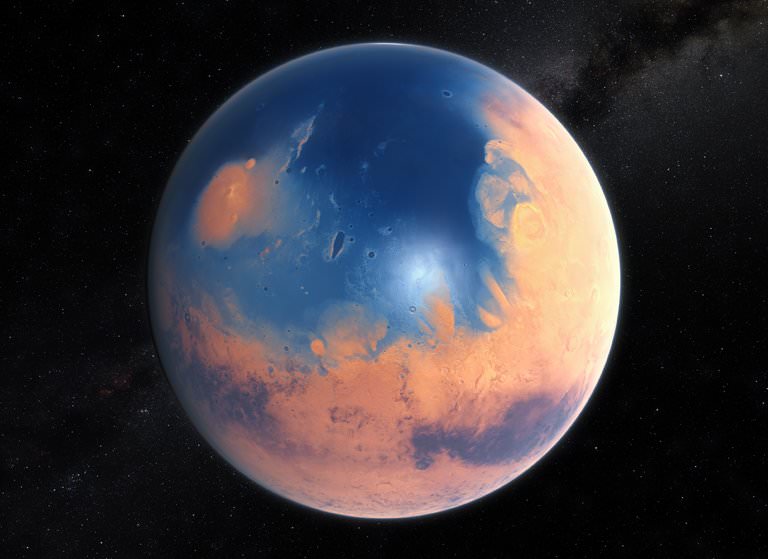About 3.4 billion years ago, (according to a new study) when the Late Heavy Bombardment had ended, and the first cells resembling prokaryotes were appearing on Earth, two enormous meteoroids slammed into the ancient, frigid ocean on Mars. These impacts generated massive 400 ft. high tsunamis that reshaped the shoreline of the Martian ocean, leaving behind fields of sediments and boulders.
It was long thought that ancient Mars had oceans. Sedimentary deposits discovered in the Martian north by radar in 2012 helped make the case for Martian oceans. 3.4 billion years ago, this ocean covered most of the Northern Martian lowlands. It’s thought that the ocean itself was fed by catastrophic flooding, perhaps fuelled by geothermal activity on Mars at the time.
These catastrophic tsunamis would have dwarfed most Earthly disasters. Waves 120 meters high would have swamped landmarks like the Statue of Liberty (93 m. high), and caused enormous destruction along the Martian coastline. If the research behind this new study stands up to scrutiny, then it will help prove the existence of the ancient Martian ocean.
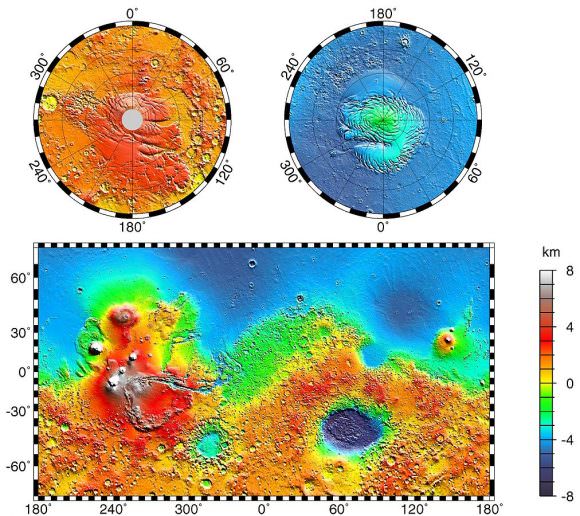
The Martian surface shows the remains of an ancient ocean. In some areas, radar data shows a layer of water-borne sediment on top of a layer of volcanic rock. There’s also evidence of a shoreline, described by some scientists as being like a bathtub ring. The problems is, the shoreline can’t be seen everywhere it should be.
The tsunami hypothesis helps explain this missing shoreline.
According to the new study, led by Alexis Rodriguez, a Mars researcher at the Planetary Science Institute in Tucson Arizona, the tsunamis would have wiped away portions of the coastline, and left behind fields of sediment and boulders, and large backwash channels cut into the Martian surface.
The study is focussed on a specific region on Mars where a highland feature called Arabia Terra abuts the Chryse Planitia lowlands. This area was part of the shoreline of the Martian ocean. In that area, the team behind the study identified two separate geological formations that they say were created by two separate tsunami events.
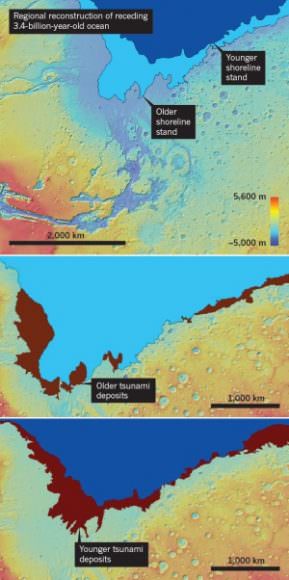
The first formation, and older of the two, looks every bit like a disturbed shoreline. An enormous wave washed over the beach, and in its wake deposited boulders over 10 meters across. Then, as the water drained back down into the ocean, it cut large backwash channels through its debris and boulder field.
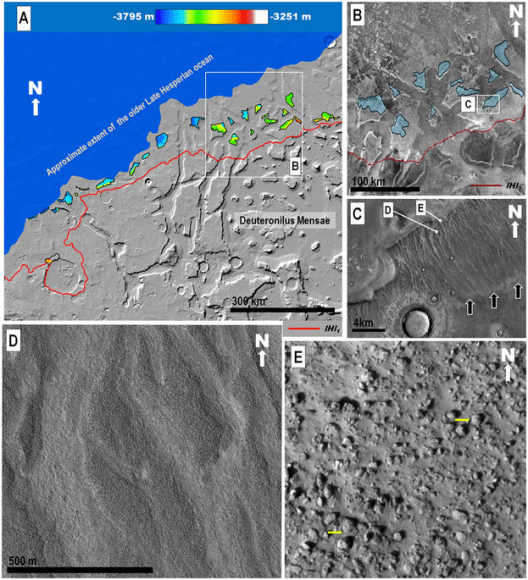
Then, some time passed. Millions of years, probably, until the second meteor hit, triggering another enormous tsunami. But this one behaved a little differently.
Conditions on Mars had changed by then, with temperatures dropping, and glaciers marching across the landscape, gouging out deep valleys on the surface of Mars. When the second tsunami hit the shore, its effect was different.
This time, the tsunami was more like an icy slurry, according to the team. Because of the cold temperatures, the icy water froze in place in some areas, before it could wash back into the ocean. The result? Deposits of frozen debris formed in dense lobes on the surface.
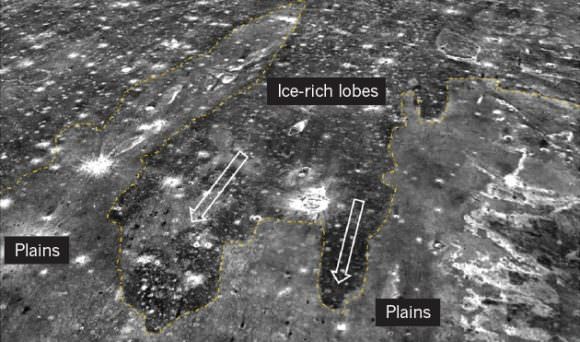
But according to Rodriguez, this is just a snapshot of a process that likely occurred multiple times in the history of Mars. Successive meteors could have caused successive mega-tsunamis that would have repeatedly wiped away evidence of a shoreline. This could have happened as often as every 3 million years.
This study isn’t the knockout blow that proves the existence of a Martian ocean in ancient times. But it is certainly intriguing, and is a reasonable hypothesis that explains missing shorelines.
Rodriguez intends to keep looking for other evidence of tsunamis on the Martian surface. If he finds more, it will help make the case for the meteor-tsunami explanation.
Rodriguez will also be visiting places on Earth that are analogues for the Martian surface of ancient times. This summer he plans on visiting high-altitude, cold, alpine lakes in Tibet, where he hopes to learn something about the processes and geological formations involved.
Even better would be a mission to Mars, to sample the area where the tsunamis came ashore. A group of small craters near the shore that were drenched by the tsunamis is of particular interest to Rodriguez and his team. Martian ocean water could have been trapped there for millions of years. This site could provide evidence about the briny nature of the ancient ocean on Mars, and possibly tell us something about the evolution of life there.

